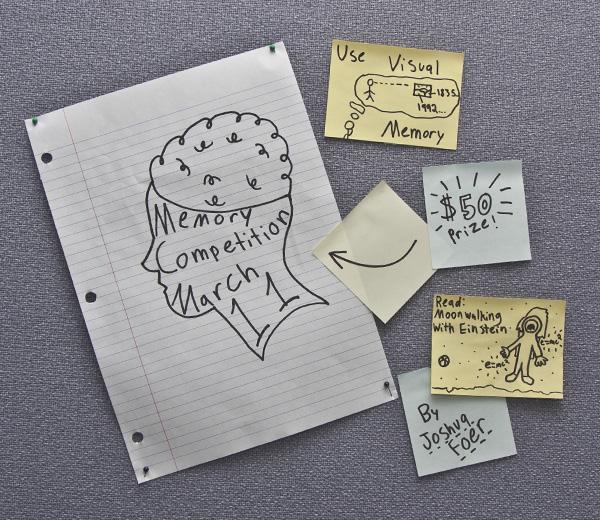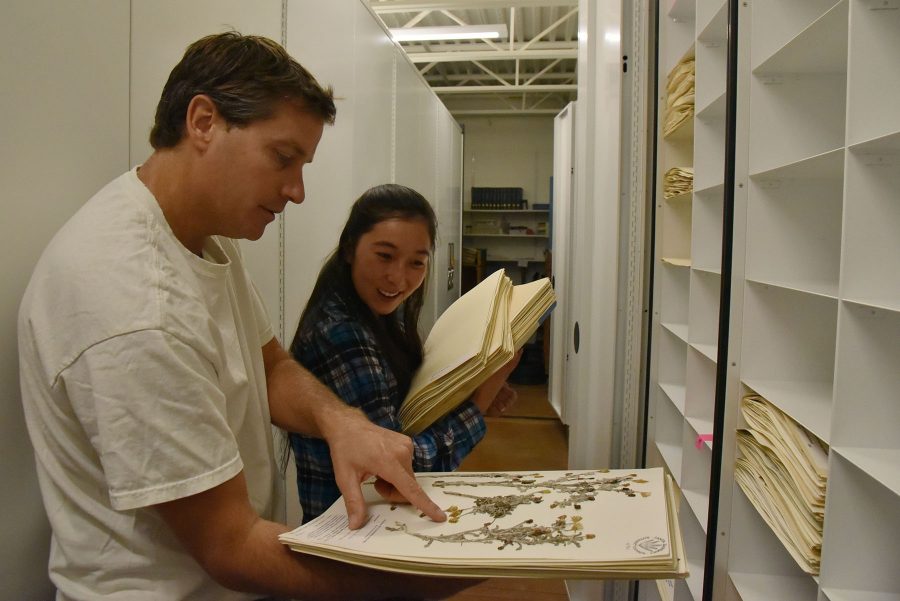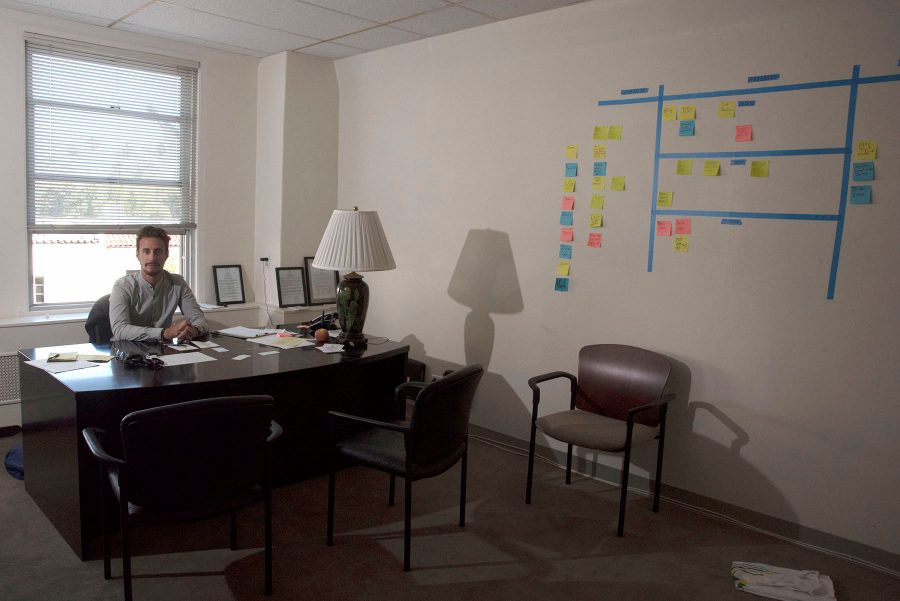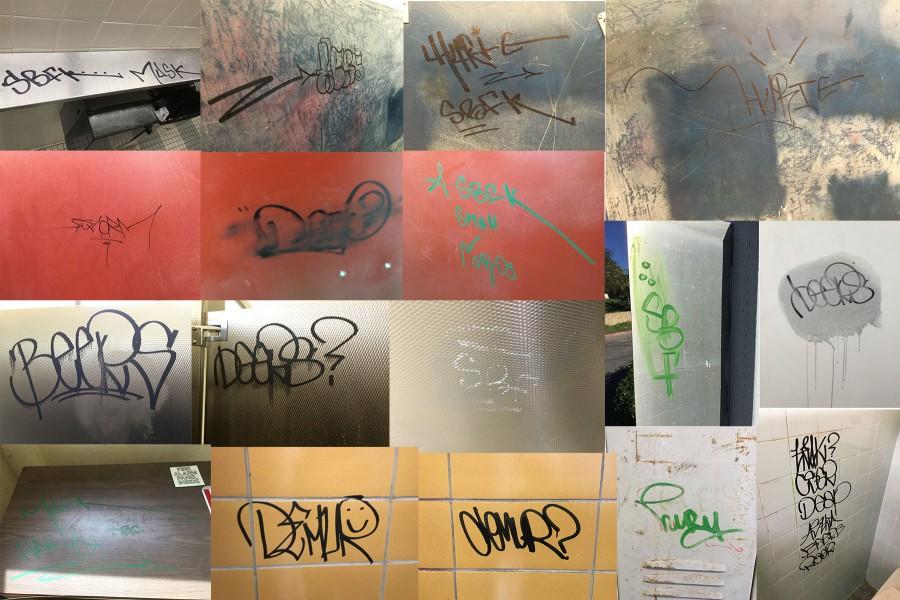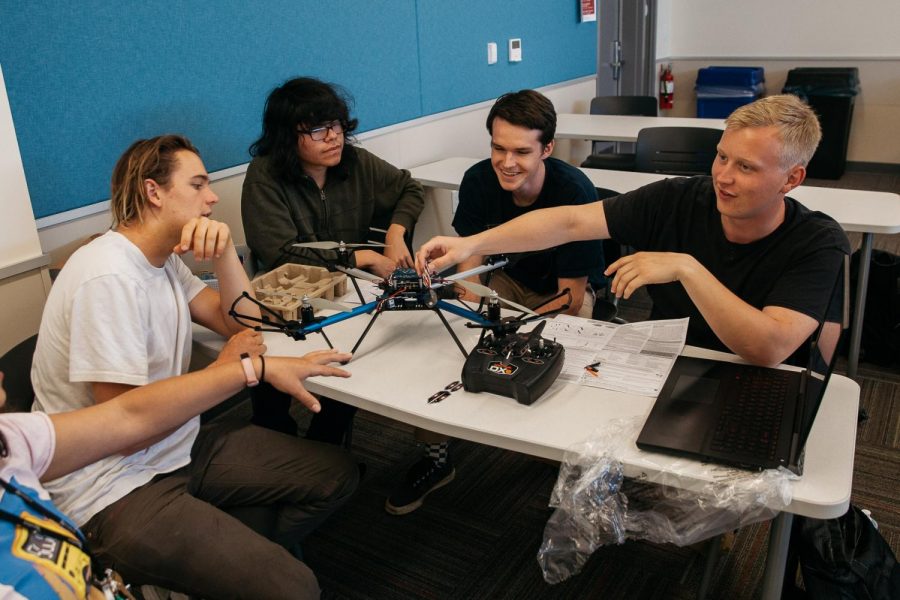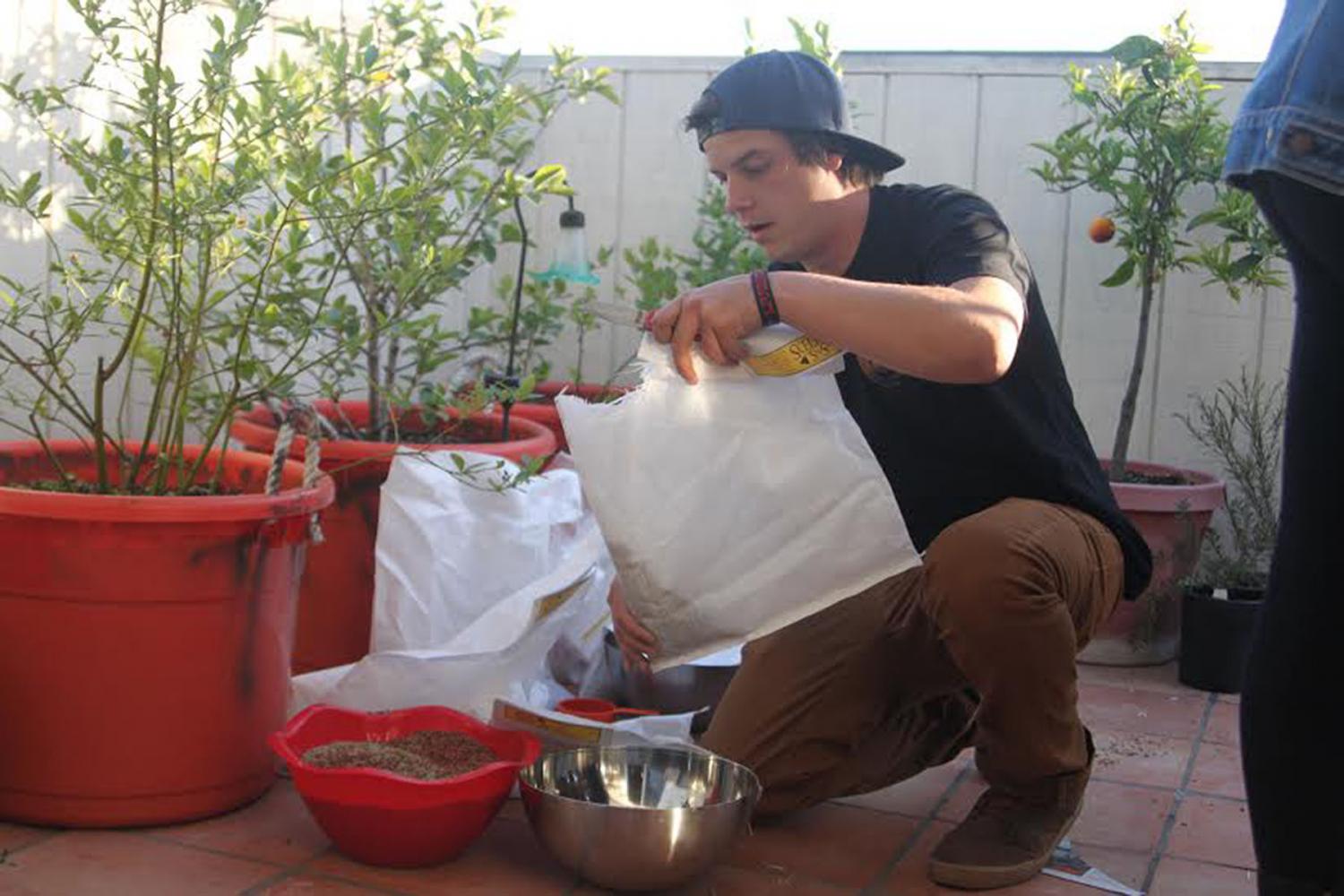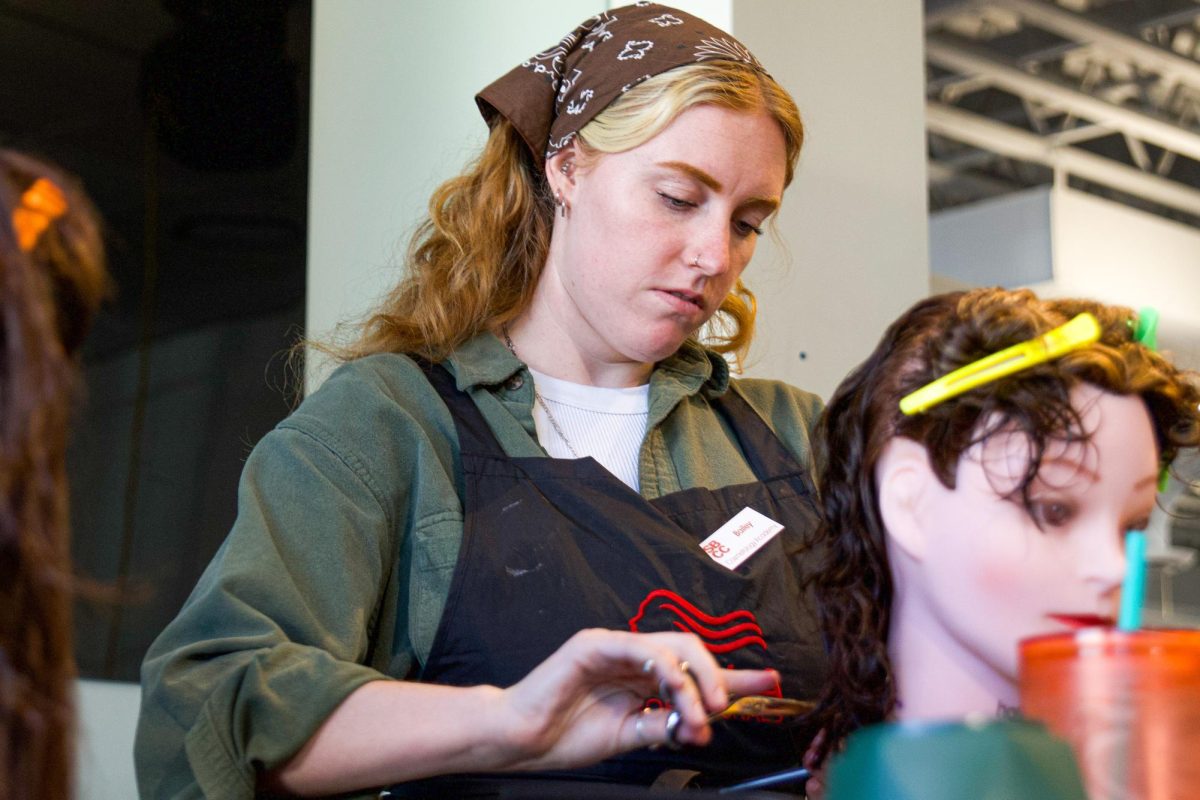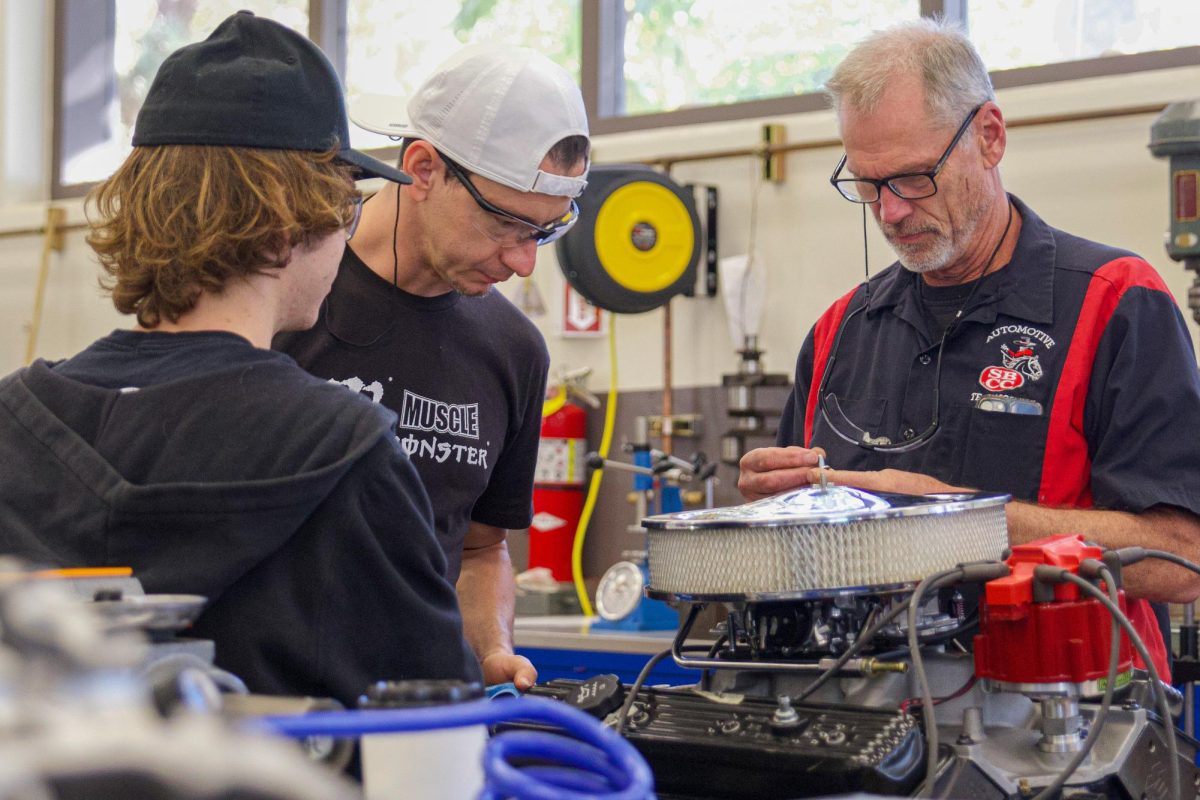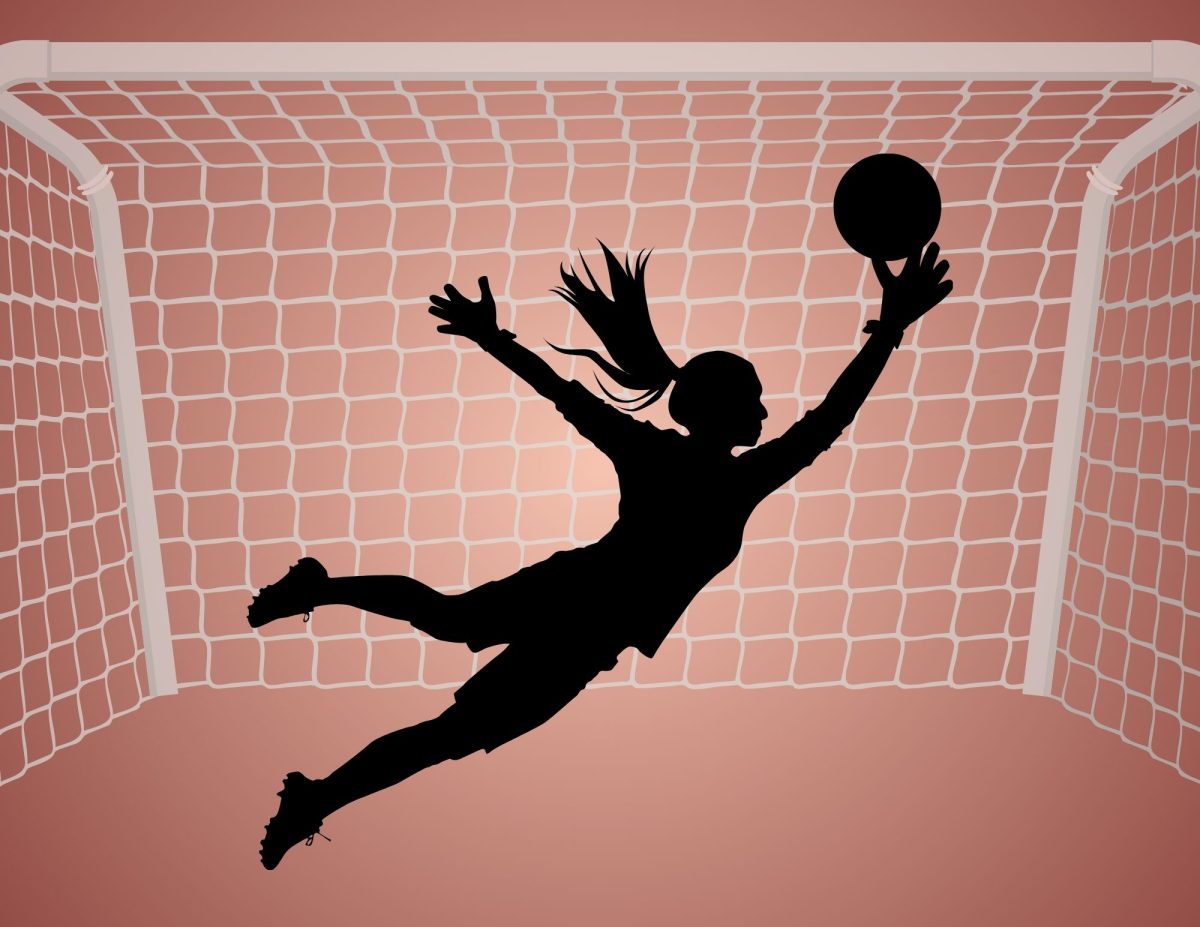Inspired by the annual USA National Memory Championship, students will compete for a $50 cash prize in the Psychology Club’s very own memory competition.
The national competition is described in the book “Moonwalking with Einstein: The Art and Science of Remembering Everything” by Joshua Foer.
The book explains how Foer is the 2006 USA Memory Champion. The competition shows how ordinary people with average memories can learn to use techniques to help them enhance their memories professionally and in everyday life.
“When you start to realize the sheer amount of things we can memorize, it’s just amazing,” said advisor of the psychology club, Susan Beers. “[In the national competition] there’s one where competitors have to memorize thousands of digits in three minutes. I mean who can do that, that’s crazy, and these techniques require the visual memory.”
Students participated in a memory training held Thursday, Feb. 21, in the Luria Library. The training was organized by Flannery and Christian Hissom, president of the Neurology Club, to help students prepare for the official competition held March 11.
It began with a slideshow of 12 names and faces. Participants were told to try to remember as many as possible. It continued with a slide of dates and events, and finally, 20 cards from a deck of cards.
As predicted, no one could remember more than just a few things. Flannery said that’s why the training and competition is important.
“Today, we don’t have to remember anything,” she said. “All the information we need is a cellphone or a computer away, but that doesn’t really help you when you get to your test and need to recall something.”
A few of the ideas introduced in the memory training were “the method of Loci” and “the Peg system,” which both use visualization to make memories stick.
The point of these techniques is to envision a familiar place, a so called “memory palace” and put important dates or events in there to memorize.
“For example, if I were to visualize the moon landing, I’d go to the kitchen, grab a pan and picture a moon on there, and put in big bright letters: ‘July 20, 1969,’” Hissom said. “So instead of trying to remember the numbers, you remember your kitchen and then you remember the pan. It’s kind of like a mind map that leads you to the memory.”
Flannery said it can seem silly at first and easy to question whether or not it would work, but when the time comes and you have to recall, it’s hard not to have that information be there.
“Anything you can do with an association is better than just trying to cram it in, saying it over and over again,” she said.
Hissom added: “Be grotesque. The more random and out of place the association is, the more of an emotional response it creates and the more you will remember it.”
A lot of the techniques derive from geniuses like Michelangelo, Leonardo Da Vinci and Einstein who used simple mind mapping as a tool. Mind mapping allows you to use concepts of both right and left hemispheres of the brain, comprising your brain’s full potential.
In the book, Foer states that anyone can learn these techniques.
“I think that we need to stop making excuses like ‘I’m not good at it’ because really what it means is, you just don’t know how to be good at it,” Beers said. “As a teacher, I have complete faith that almost every student that I come across has the capability to do this, I really think so.”
Moonwalking with Einstein is currently featured for SBCC Reads, UCSB Reads, and Santa Barbara Reads. In collaboration with UCSB Reads, the Library is hosting a number of events and activities to explore the issues raised in the book.
City College’s memory competition will be held from 11:30 to 12:30 p.m. on March 11 in the Library, Room 146. Anyone can participate.
Joshua Foer will speak at UCSB’s Campbell Hall, March 4, 2013.


